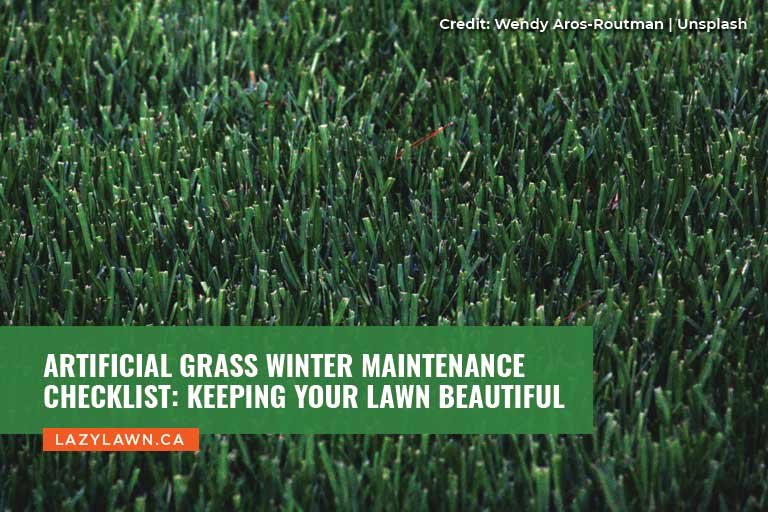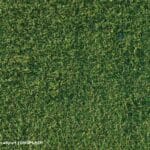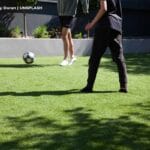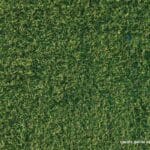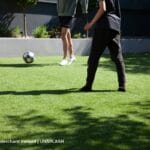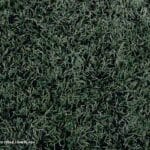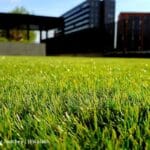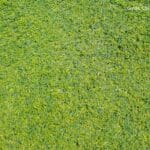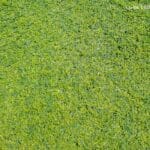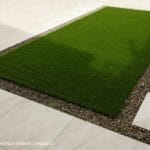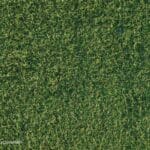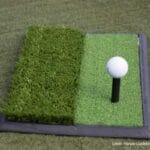Artificial grass is an excellent investment for a low-maintenance, year-round green lawn. While it requires significantly less upkeep than natural grass, it does still benefit from seasonal care. Winter, in particular, can present challenges such as debris accumulation, frost, and heavy snowfall. With a little attention and a strategic approach, you can ensure your artificial lawn remains beautiful throughout the season and ready for spring. Below is a short guide to winter synthetic grass care to help you keep your artificial grass in pristine condition.
—
1. Clear Debris Regularly
Winter weather often brings fallen leaves, twigs, and other debris that can accumulate on your artificial lawn. Allowing these to pile up can trap moisture, which may lead to unpleasant odours or the growth of mould and mildew. Use a soft-bristled brush, leaf blower, or rake with plastic tines to remove debris gently. Avoid using metal tools for this task, as they can damage the synthetic fibres.
—
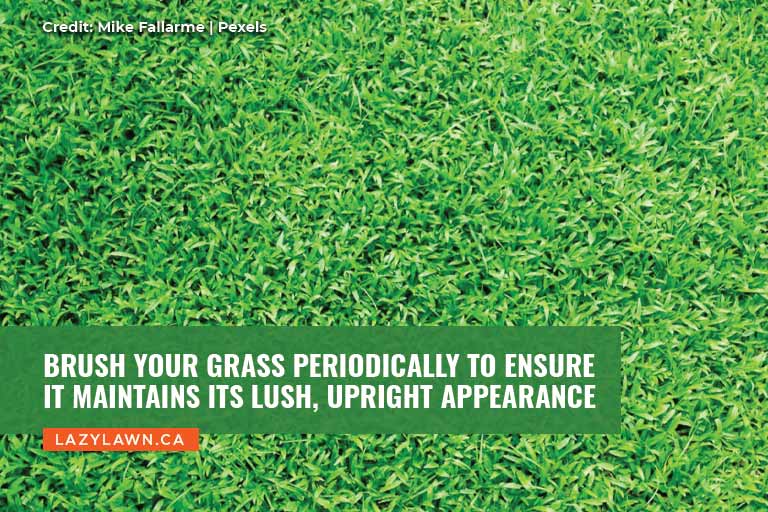
2. Brush the Grass
Cold weather and snow can cause artificial grass fibres to flatten. To maintain the lush, upright appearance of your lawn, brush it periodically with a stiff-bristled brush. If you’re willing to splurge, it might be worth it to invest in a quality artificial turf brush, especially if you’re concerned about wear and tear. Focus on high-traffic areas, as these tend to compress more quickly. Always brush in the direction of the grass fibres to avoid damage.
—
3. Remove Snow Carefully
While artificial grass is durable, heavy snow can weigh down its fibres. If you experience light snowfall, it’s best to let it melt naturally, as the material is permeable and will allow water to drain. For heavier snow, use a plastic shovel to remove the bulk, taking care not to scrape the grass. Alternatively, a broom can help clear snow without causing harm. Avoid using metal tools or de-icing salts, as they can damage the grass and its infill.
—
4. Manage Frost
Frost is common in winter, and while it’s unlikely to damage artificial grass permanently, it can make the lawn stiff and slippery. Allow frost to melt naturally rather than attempting to remove it manually, as this could damage the fibres. Once it thaws, lightly brush the grass to restore its natural look.
—
5. Check Drainage
One of the key benefits of artificial grass is its efficient drainage system, but winter weather can put this to the test. Check that the drainage holes remain unobstructed, as clogged areas can lead to water pooling and freezing. Inspect the base for any signs of drainage issues and address them promptly to prevent long-term problems.
—
6. Inspect for Damage
Winter is an ideal time to examine your artificial grass for any wear and tear. Check for loose seams, tears, or damaged edges, especially after severe weather. Addressing minor issues early can prevent them from worsening and ensure your lawn remains secure and attractive.
—
7. Protect Against Heavy Traffic
Although artificial grass is designed to handle foot traffic, heavy use during winter can cause premature wear. Limit activities such as setting up heavy equipment or furniture on the lawn, particularly when it’s wet or frosty. For areas with frequent use, consider laying down mats or boards to distribute weight and protect the fibres.
—
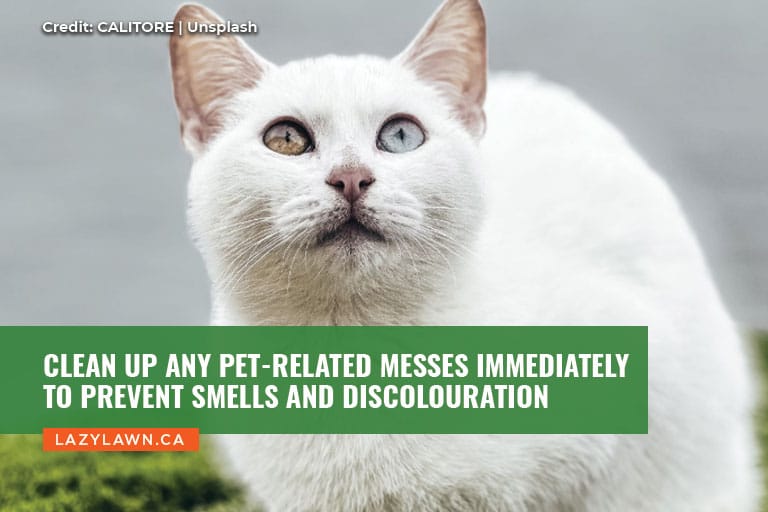
8. Prevent Pet Mess Build-Up
Getting some pet-friendly synthetic turf is always a good idea, but it’s also prudent to be prepared all the same. If you have pets, their waste can accumulate and freeze during winter. Remove solid waste promptly and rinse the area with water to prevent odours or discolouration. Use a pet-friendly cleaning solution if necessary, but ensure it’s safe for synthetic grass. Regular care will help keep your lawn hygienic and fresh-smelling.
—
9. Clean Stains Immediately
Winter can lead to accidental spills, especially during holiday gatherings. Be vigilant about cleaning up food, drink, or mud stains as soon as possible. Use a mild detergent for a cleaner and mix it with water. Use the mixture to gently clean the affected area. Refrain from using harsh chemicals, as they can degrade the grass’s fibres or infill.
—
10. Schedule a Professional Inspection
If you’re unsure about your lawn’s condition or have noticed issues that require expertise, consider scheduling a professional inspection. Specialists can assess the health of your artificial grass, address any repairs, and provide tailored maintenance advice to ensure it withstands the winter season.
—
11. Plan for Spring
Winter maintenance is not just about preserving your lawn for the season but also preparing it for spring. Ensure that you’ve stocked up on any necessary tools and cleaning supplies, and take note of any areas requiring attention once the weather warms. A proactive approach will save time and effort in the long run.
—
Why Winter Maintenance Matters
Although artificial grass is highly resilient, winter elements can test that durability. Regular care for your synthetic turf is key to preventing damage, maintaining its aesthetic appeal, and ensuring its longevity. A well-maintained synthetic lawn doesn’t just enhance your home’s curb appeal, it also saves you money on repairs or replacements.
—
Winter may seem like a dormant period for lawn care, but a little effort goes a long way in preserving the beauty of your artificial grass. By following this checklist, you’ll not only enjoy a pristine lawn all winter but also set the stage for a vibrant and welcoming outdoor space come spring. Keep your artificial grass investment looking its best and ready for any season with these straightforward maintenance tips.
When you need a helping hand with your synthetic turf, Lazy Lawn has your back. We provide a wide range of options for artificial turf, along with professional assistance installing your new turf. Our team is more than happy to help you set up your turf, wherever you want it. Whether it’s for your front lawn or your patio or your balcony, we’re at your service when installing your grass to ensure you make the most of your space. Give us a call now at (888) 622-5296 to get the assistance you need with your synthetic turf.

